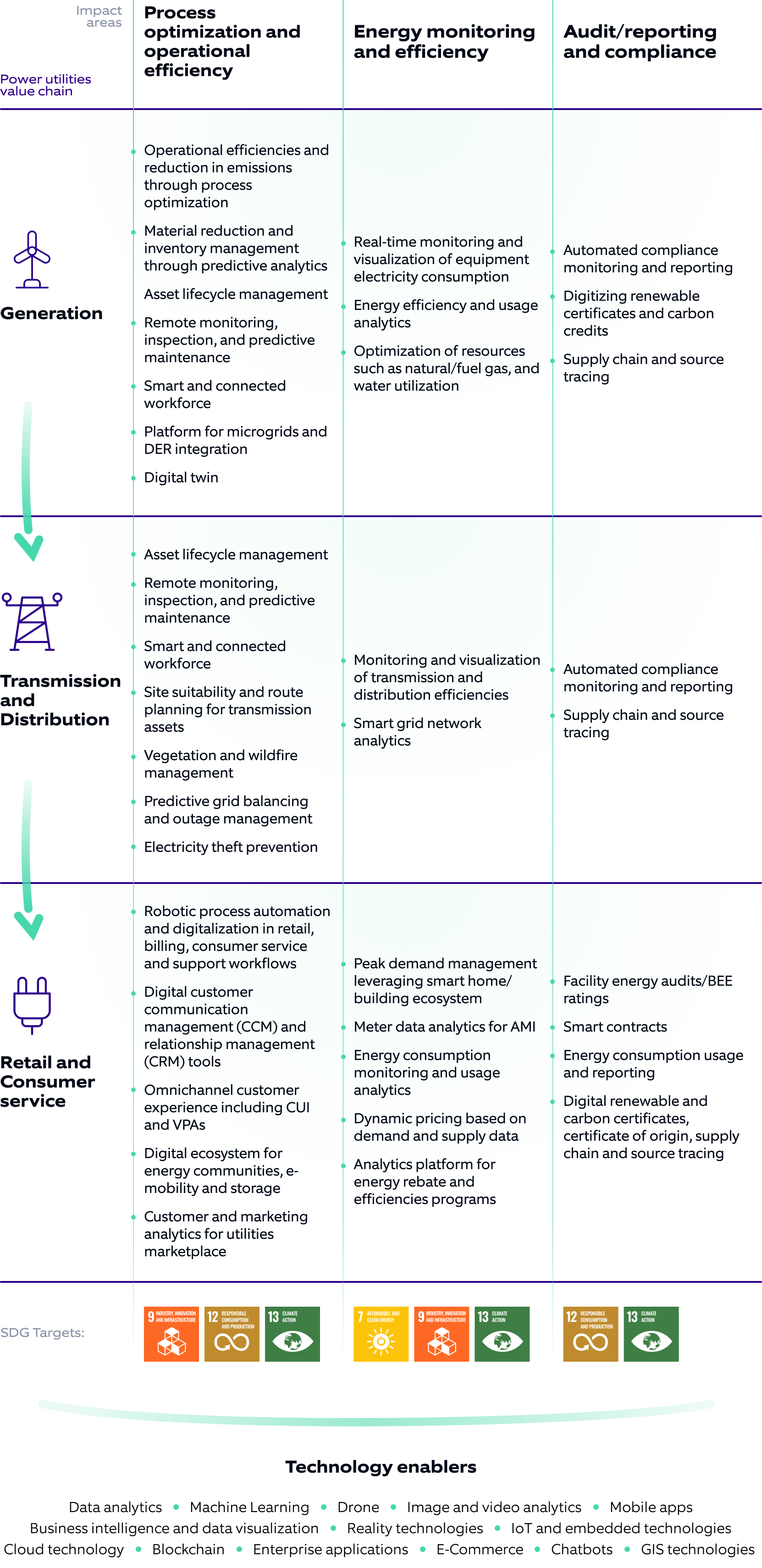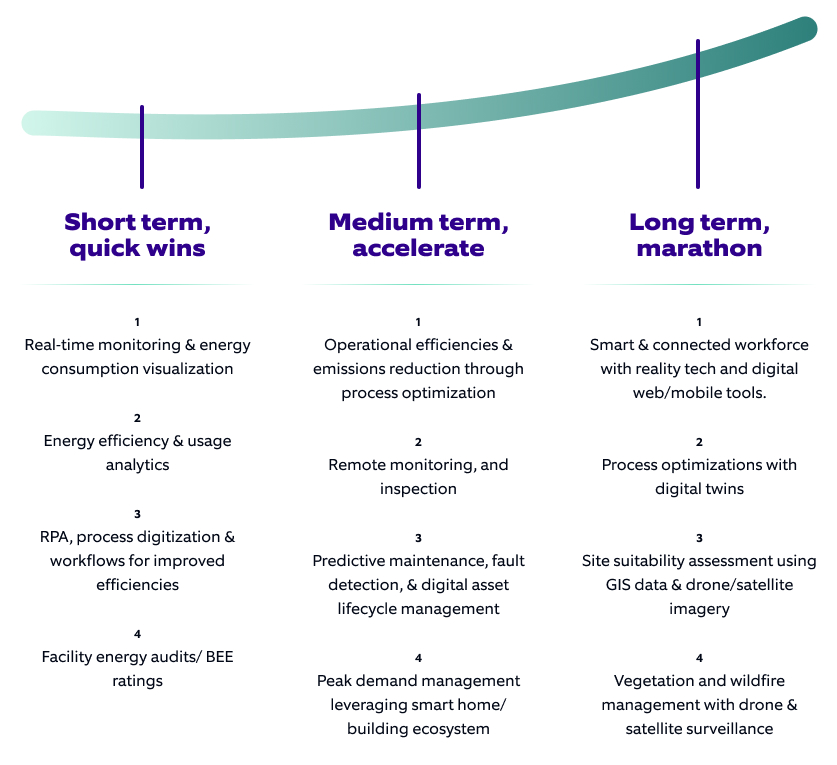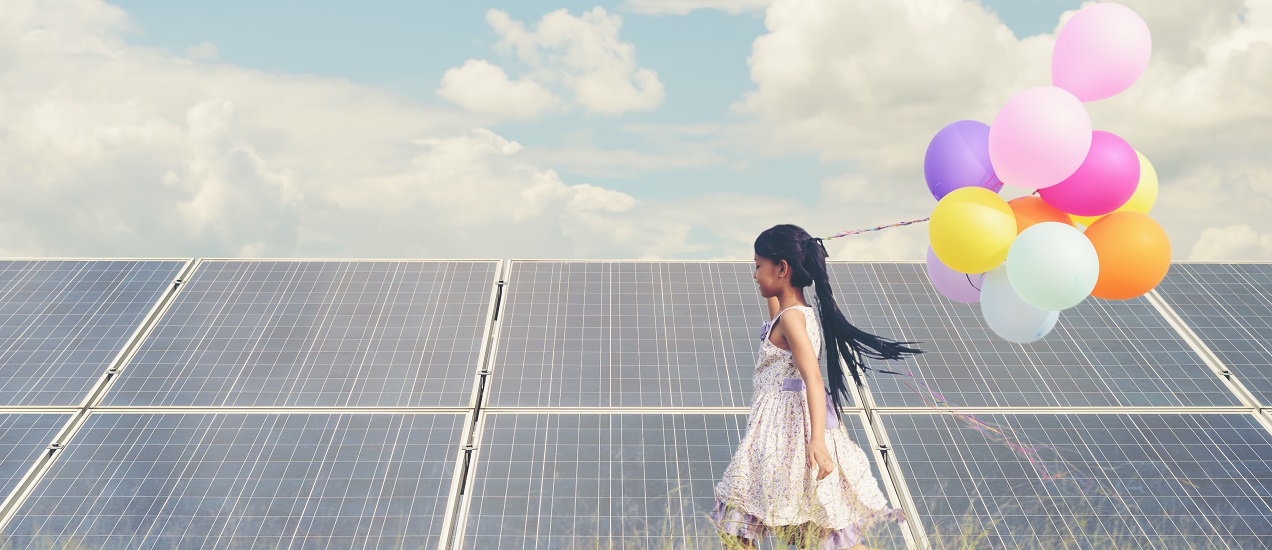As the impact of global warming intensifies, countries and international organizations have been quick to draft and announce ambitious climate action plans. At the COP 26 summit, more than 100 world leaders committed to ending deforestation by 2030, and the US pledged to slash emissions by 30% by 2030. More than 35 world leaders have signed up to scale and speed the deployment of clean technologies. The promises have evoked mixed responses from the environmentalists and the public as solid execution plans don't back them in most cases. Many promises appear to be a part of greenwashing aimed at assuaging people. Similarly, around 200 organizations have pledged net zero emissions by 2040. But very few have elaborated on their plan of action to reach that goal.
Given the urgency of the matter, countries and organizations must declare and plan lofty sustainability targets and put standard procedures and tools to monitor progress towards those goals. A significant hurdle in monitoring climate action plans is the lack of visibility, data, and standardized monitoring tools. Digital technologies like data analytics, blockchain, and machine learning can help organizations in mining data and tracking the progress of their climate action plans.
The scope of digital technologies in climate action and sustainability initiatives is not limited to providing a monitoring and reporting framework based on empirical data. It also provides the foundation of exigent data paving the way for improved efficiencies in many industries, helping them reduce their emissions and footprint through rampant digitalization. The technologies we talk about have the maximum scope in the industries traditionally considered hard to decarbonize and responsible for up to 80 percent of current global carbon emissions. These sectors constitute the socially and economically vital sectors of power, transport, industrial manufacturing, and construction.
According to a 2019 United States Environmental Protection Agency report, the power and electric utility sector alone accounted for up to twenty-five percent of the global greenhouse gas emissions. Thus, for the scope of the current discussion, we plan to focus on how digital technologies can help achieve and monitor the progress on these climate action goals for the power industry without compromising sustainable growth and the interests of all concerned stakeholders. While the power sector interacts with all 17 UN Sustainable Development Goals (SDGs) from 2015, the four SDGs including SDG 7 (clean and affordable energy), SDG 9 (industry innovation and infrastructure), SDG 12 (responsible consumption and production), and SDG 13 (climate action) make the priorities for utility companies. These are the SDGs where the power sector can make a tangible impact by driving digital innovation and incorporating new-age technologies across the value chain.
From power generation to retail and consumer services, utility companies can use digital technologies to create meaningful impact, unlock new efficiencies, and reduce material consumption and energy usage across the value chain for a climate-positive future.
We have classified the impact of digital technologies on the power utility sector in three broad categories , (P) process optimization, (E) energy monitoring and operational efficiency, and (A) audit/reporting and analytics.

Process optimization and operational efficiency
A report by the International Energy Agency suggests that digital data and analytics can reduce operations and maintenance costs, improve plant and network efficiency, reduce unplanned outages and downtime, and extend the operational lifetime of assets. "The overall savings from these digitally-enabled measures could be in the order of USD 80 billion per year over 2016-40, or about 5% of total annual power generation costs based on the enhanced global deployment of available digital technologies to all power plants and network infrastructure," says the report.
Utility companies can use sensors in their distribution network to provide real-time power consumption data. Companies can use this data for controlling the supply, network configuration, and switching load. They can further automate these decisions. Sensors on the grid can alert operators to outages, allowing them to turn off power to damaged lines to prevent electrocution, wildfires, and other hazards. Digitalization can substantially help the power sector increase the lifetime of power plants and distribution networks through condition-based constant preventive maintenance. IEA suggests that "if the lifetime of all the power assets in the world extends by five years, then close to USD 1.3 trillion of cumulative investment could be deferred over 2016-40. On average, investment in power plants would grow by USD 34 billion per year and in networks by USD 20 billion per year."
We help our clients conceptualize, develop, and implement solutions that employ machine learning models and advanced data analytics to reduce fuel usage, optimize work processes, and minimize material resource usage. This, in turn, helps in lowering the carbon footprint. One of our recent projects involved working with an Australian waste management and recycling company to help them optimize the movements of their fleet of waste collection trucks through advanced machine learning models. The client witnessed a significant reduction in fuel consumption and resulting CO2 emissions. In another example, we helped a leading utility in Europe to digitize their field operations and maintenance rounds by enabling the field inspectors with state-of-the-art Google Glass-based inspection solutions making the entire process efficient, paperless and sustainable.
Energy monitoring and efficiency
Advanced data analytics and visualizations can help utilities and customers monitor their energy consumption and usage patterns. They can use this information to derive insights and aim for better energy efficiencies and optimize usage behaviours to lower emissions and utility bills. Besides advanced analytics, IoT has several other applications in the energy sector. A recent estimate by GE suggests "that $1.3 trillion of value can be captured in the electricity value chain from 2016 to 2025 globally by IoT." Two major applications of IoT in the energy sector are smart meters and smart thermostats. IoT coupled with advanced analytics systems can forecast the generation capacity of renewable energy sources such as solar and wind. This further allows power generators to tweak their operations in case of a contingency.
Internet-connected intelligent meters collect data on power consumption and share it remotely with the utilities and customers. This allows utility companies to share detailed reports about energy usage with their users, which helps customers track and reduce their consumption. When combined with the cloud, utilities can use IoT for demand-side management to achieve energy efficiencies at scale. With these models, organizations can remotely manage the usage of high-powered appliances for their users based on real-time grid power demand.
A solution as simple as an internet-connected Google Nest thermostat can save up to 10-15% on the HVAC (Heating, ventilation, and cooling) bills for an average household. Nest, the manufacturer of smart thermostats, has reported a drop in electricity bills of 10%–12% for heating and about 15% for cooling. A Gartner study also suggests that an integrated building management system managing cooling, heating, and lighting can help reduce energy consumption by 50%. In another example, one of our customers crafted a demand response system that leverages consumption data patterns to smoothen grid fluctuations by aggregating and controlling the DERs, storage systems, and even the residential heating systems through their proprietary smart grid controllers.
Audit/reporting and analytics
Technologies like blockchain and smart contracts can help trace the source of materials and energy origins through the supply chain. These tech solutions open many opportunities to optimize and reduce material and energy consumption. Users can now ask for eco/green-labeled energy and verify that the electricity they are using comes from a renewable resource. They can also demand to know the carbon footprint of their energy usage. It makes them more aware of their usage and ecological footprint, pushing them to make environment-conscious decisions in their daily life. Organizations now have access to various digital energy auditing, analytics, and reporting tools that enable monitoring energy usage, consumption patterns, and carbon footprint for their buildings. And, facility managers can optimize energy consumption and make better decisions while choosing energy providers.
Distributed Energy Resources and microgrids now offer their customers the option of selecting green energy to power their homes, helping them reduce their carbon footprints. The benefits of green energy don't end with just homes. As utility companies provide energy for e-mobility and smart buildings, they support the transition to sustainability in other sectors. Utility companies can deploy analytics to study and analyze consumption trends. It is beneficial in the case of renewable energy sources such as wind and solar as organizations can better manage the demand to mitigate the inherent variability of the renewables, thus ensuring long-term grid stability and energy security.
By analyzing the historical data of the equipment, utilities can do a health analysis of their grids and distribution networks. Energy loss analysis, forecasting, portfolio management, and analytics can help utilities in cutting down AT&C losses, improve reliability and boost profitability. We helped a leading energy technology and sustainable solutions company create innovative energy expense and data management tools that allow their customers to track and manage their critical energy usage and utility resource data at scale.
We at Nagarro lead the way
Amidst all the noise over climate change, we want to focus on feasible solutions to sustainability problems. We aim to do that by incorporating sustainability as a factor right from the beginning while developing and delivering digital solutions. The idea is to weave sustainability into these solutions and offer what we call 'engineered sustainability.' Whether working with OEMs in developing shared mobility solutions or helping our utility clients reduce their carbon footprint, we are already walking on the path toward a sustainable future. An individual organization cannot achieve sustainability alone. It requires combined efforts. Let's save the planet together. If you are interested to know more, write to us @ energyutilitiespractice@nagarro.com
The digital roadmap to sustainability in power utilities 





